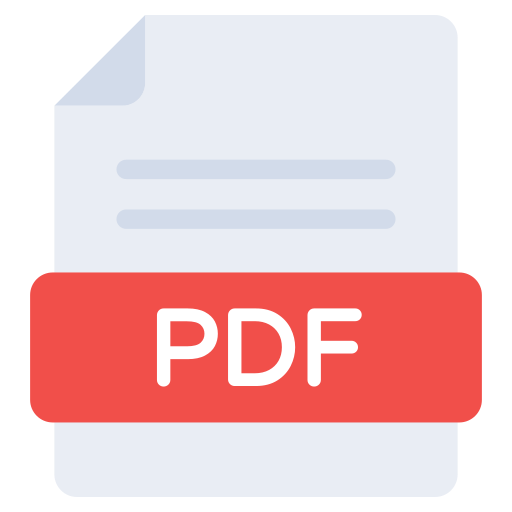Industry Insights
Is Cash King?
February 2024
- The Federal Reserve raised interest rates 525 bps over the last two years, an abrupt shift from previous zero-interest rate policy
- Yields above 5% have attracted investors to money market funds as total assets grew ~20% in 2023 to more than $6 trillion
- While higher cash returns can be a short term positive, overweight cash allocations can reduce long-term returns
Interest Rates – A Recent History
For most of the period from the Global Financial Crisis in 2008 through the end of the pandemic in 2022, the Federal Reserve held interest rates near zero. This zero-interest rate policy was beneficial for borrowers, who could service their debt at historically-low costs. However, savers found the environment challenging, and investors learned a new acronym: TINA (There Is No Alternative), which meant that low rates provided no choice but to allocate to riskier assets - stocks, real estate, etc.
As post-pandemic inflation surged in early 2022, the Federal Reserve began a rapid rate-hike cycle that ended in July 2023 with the Federal Funds Rate at 5.25% - 5.50%. The sharp increase in rates was painful for investors in 2022 as both stocks and bonds declined, leading to the worst year for a diversified 60/40 portfolio in history. Low valuations at the end of 2022 provided a much more optimistic return outlook from that point forward, and 2023 saw markets recover the previous year’s losses and approach new all-time highs.
The new interest rate regime has been painful for borrowers as evidenced by surging mortgage rates. On the other hand, many investors have found attractive opportunities in cash and money markets. Investments that very recently yielded less than 1% now offer returns in excess of 5% with relatively low risk.
Cash Drag on Expected Returns
Although cash yields are currently very high compared to recent history, expectations are that over time, they will fall from current levels. ACG’s 2024 Capital Market Assumptions project that cash will generate an average annual return of 2.7% over the next ten years and 3.5% over the next 30 years. A fully invested portfolio of 60% large cap equity and 40% core bonds has an expected annualized return of 7.0% over the next decade. However, a 10% cash balance would reduce that expected return to 6.6%, and a 20% balance would further reduce the annual return to 6.2%, with similar risk-adjusted returns.

Opportunity Cost of Cash
While cash is a great asset to hold when markets are volatile or declining, stocks and bonds have historically outperformed cash by a wide margin over the long term. Cash returned over 5% in 2023 – its best year since 2000 – but still meaningfully underperformed a 60/40 portfolio, which rose 18%. Elevated cash balances were particularly painful in Q4 2023, as the S&P 500 surged nearly 12%, bonds rose almost 7%, and cash gained just 1.4%. In just a few short months, risk-averse investors missed much of the market upside as they sat on the sidelines.
Duration - What Happens to Cash When Rates Fall
The Federal Reserve has issued guidance suggesting it expects to cut interest rates by 75 bps in 2024, while market expectations are currently pricing in 125 - 150 bps of rate cuts. Many indications and predictions imply that interest rates (and cash yields) have peaked.
If rates fall as expected, higher duration investments will benefit. Cash has near-zero duration, and its yields will decline as interest rates fall. Conversely, longer-term bonds will receive an additional boost in value from declining rates.
Conclusion for Investors
Given the outlook for cash in both the near-term (2024) and longer-term (10-30 years), investors should reconsider any elevated cash balances and potentially rebalance portfolios to become more fully invested. Over longer time periods, stocks and bonds have significantly outperformed cash, as capital markets reward investors for taking risks not present in cash. It is crucial for investors to weigh the tradeoffs of holding excess cash by asking themselves whether the downside protection sufficiently compensates them for the reduction in expected return. Investors must clearly define what “risk” means to them. While cash may help ease concerns around short-term volatility, holding too much cash may actually increase the probability that a portfolio could fall short of its long-term goals and objectives.
